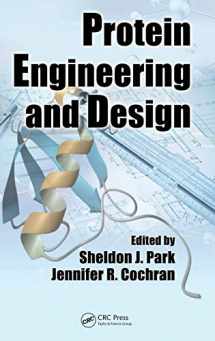
Protein Engineering and Design
Book details
Summary
Description
Experimental protein engineering and computational protein design are broad but complementary strategies for developing proteins with altered or novel structural properties and biological functions. By describing cutting-edge advances in both of these fields, Protein Engineering and Design aims to cultivate a synergistic approach to protein science.
Experimental Protein Engineering
The first half of the book discusses experimental approaches to protein engineering and starts by describing several high-throughput screening platforms for protein engineering. Key techniques used for diversity generation are also discussed. The next few chapters present examples of therapeutics, enzymes, biomaterials, and other proteins that have been engineered by rational or combinatorial approaches. The section finishes with a chapter on the use of non-natural amino acids in protein engineering.
Computational Protein Design
The second half of the book introduces computational protein design, beginning with a chapter on computational and informatics algorithms used in protein engineering. Core components of computational protein design are then discussed in detail, and examples of heuristic protein design are provided. Subsequent chapters present examples of how computational design has played a critical role in advancing the field of protein engineering. Concluding with a chapter outlining current challenges in the field, this book makes computational protein design and diversity-oriented protein engineering widely accessible to a broad audience in academia and industry alike.


We would LOVE it if you could help us and other readers by reviewing the book
Book review



